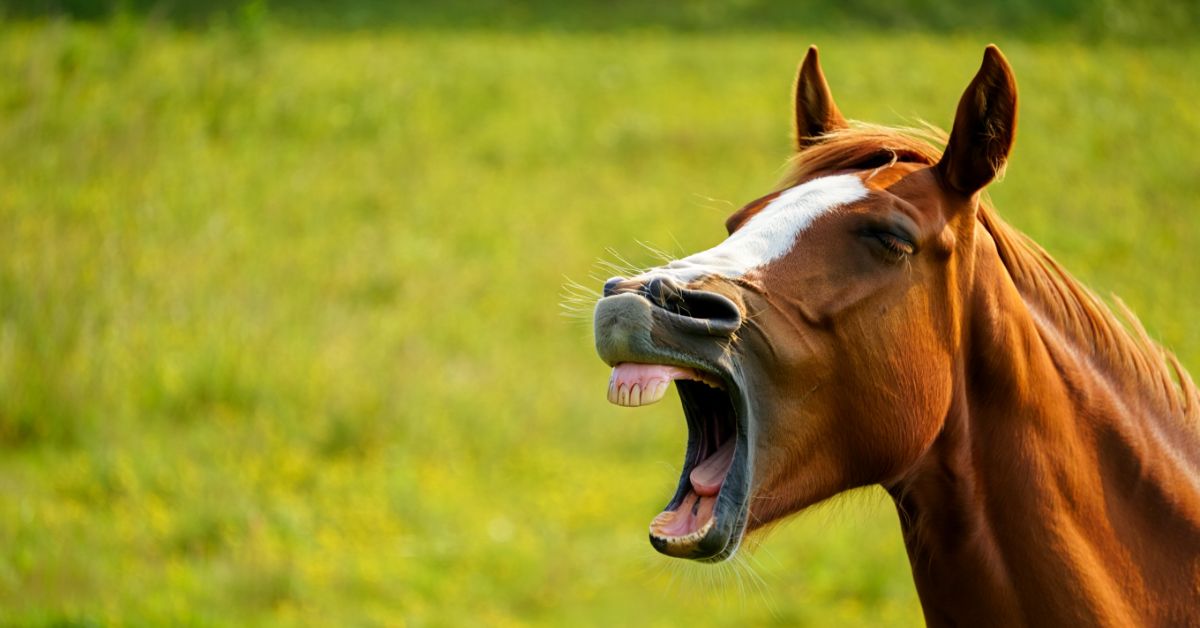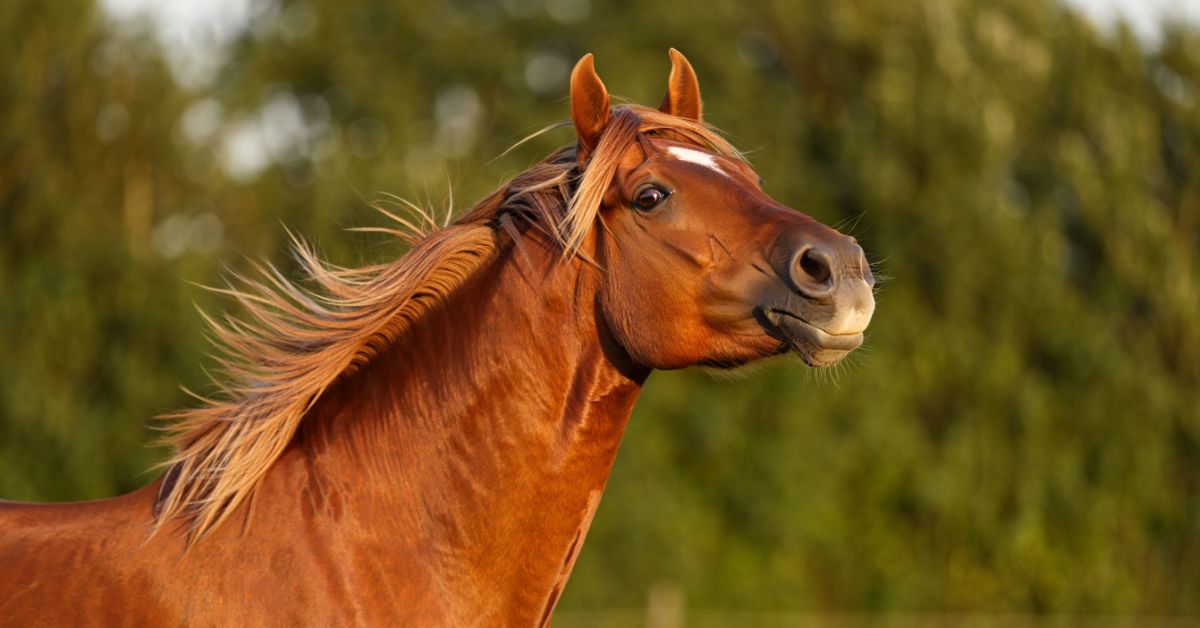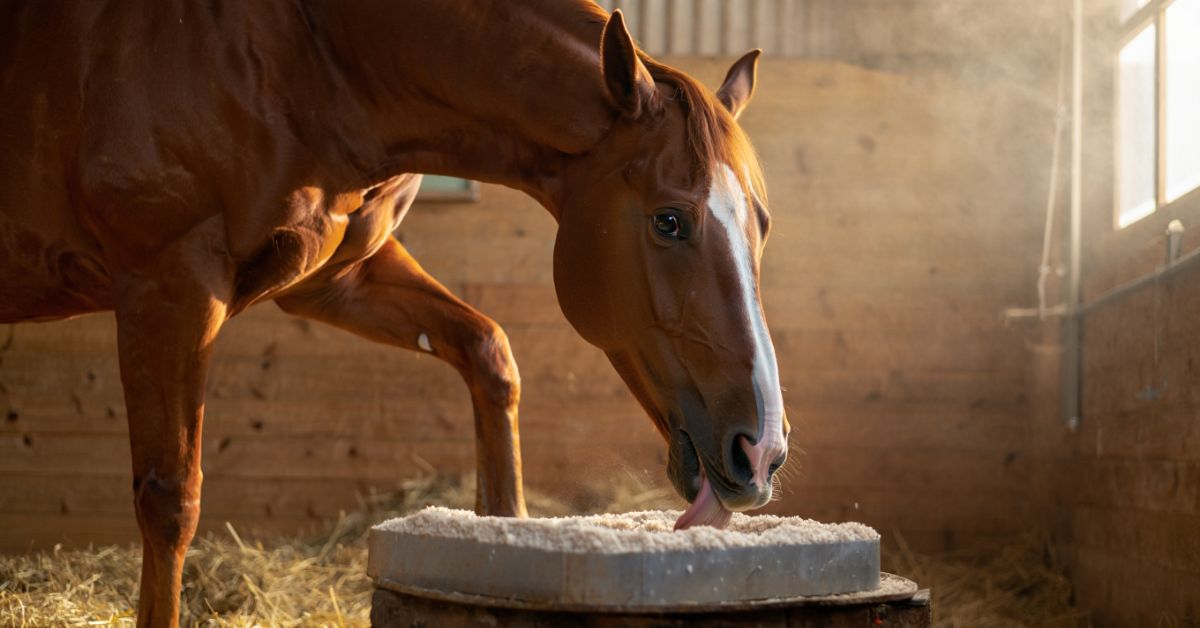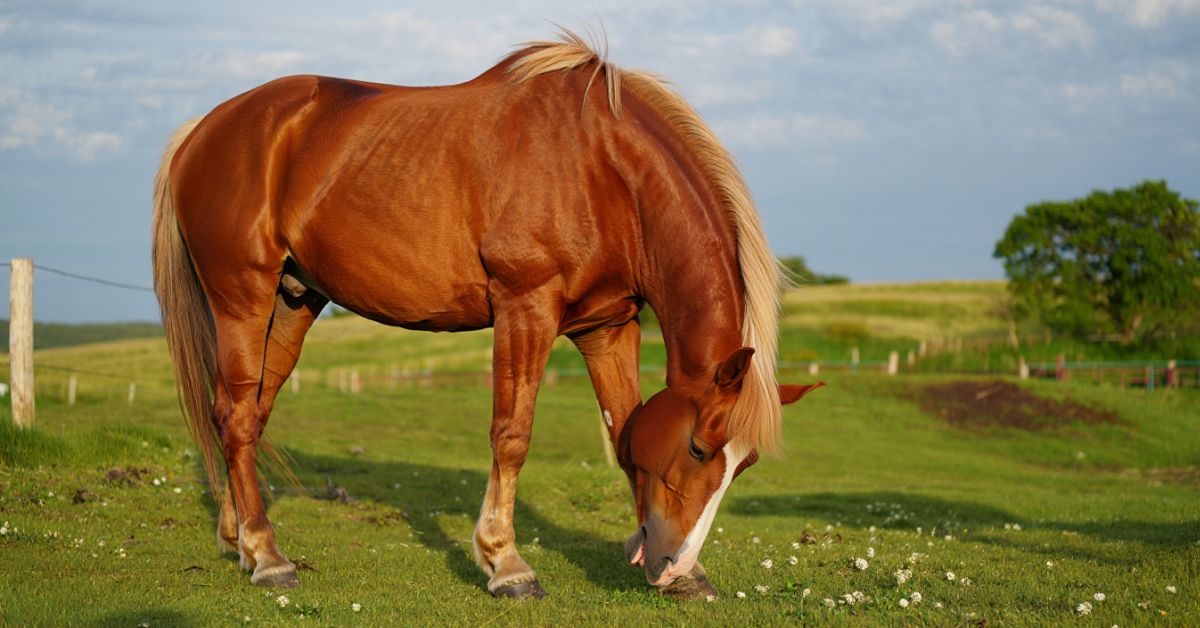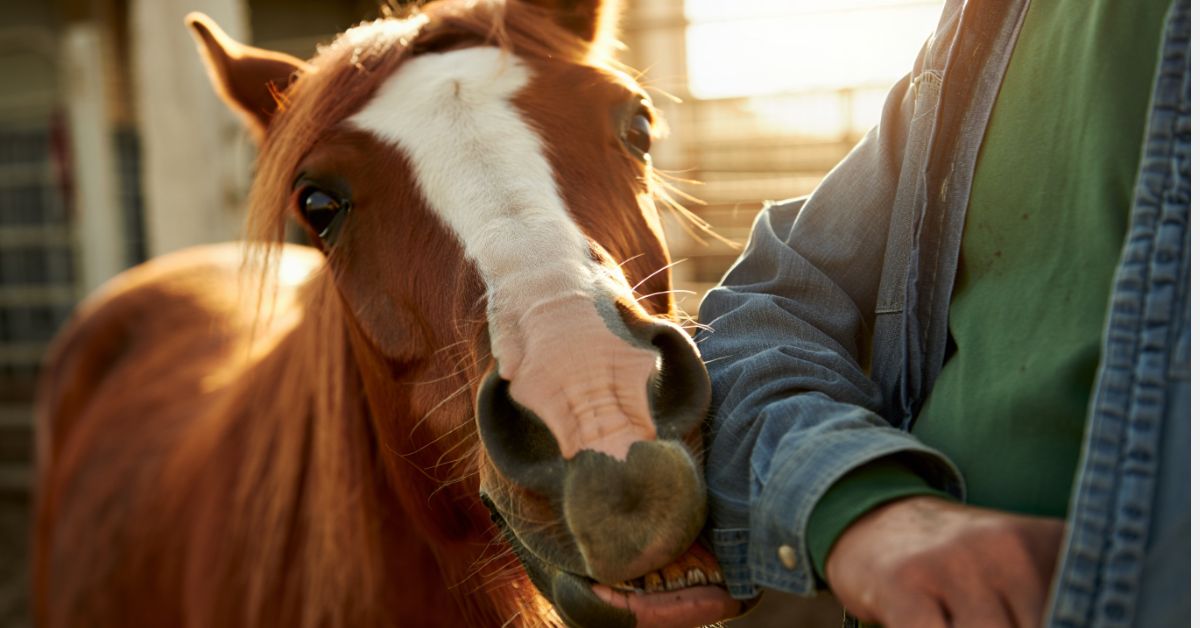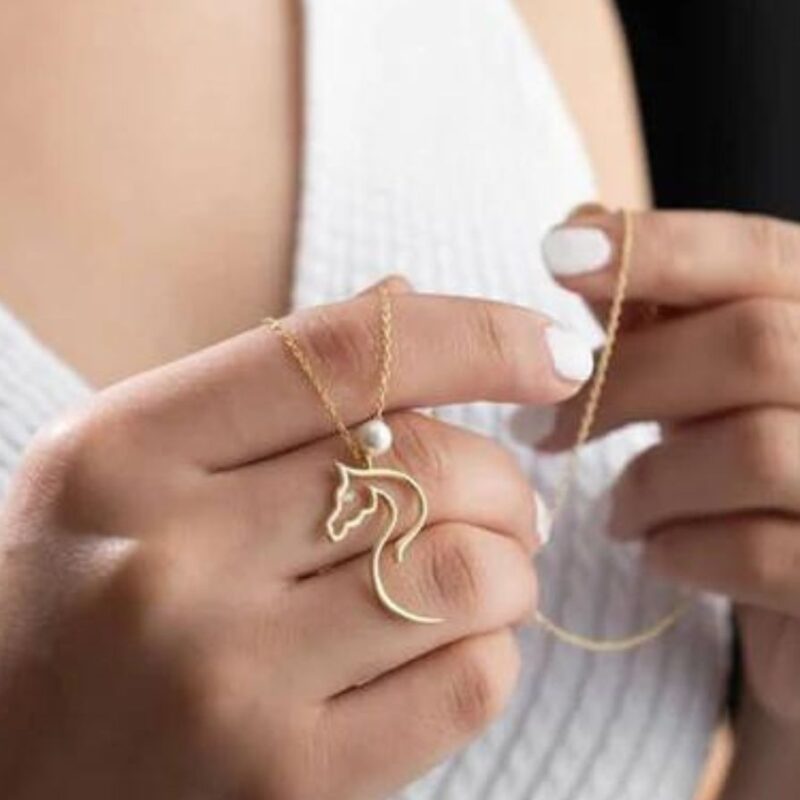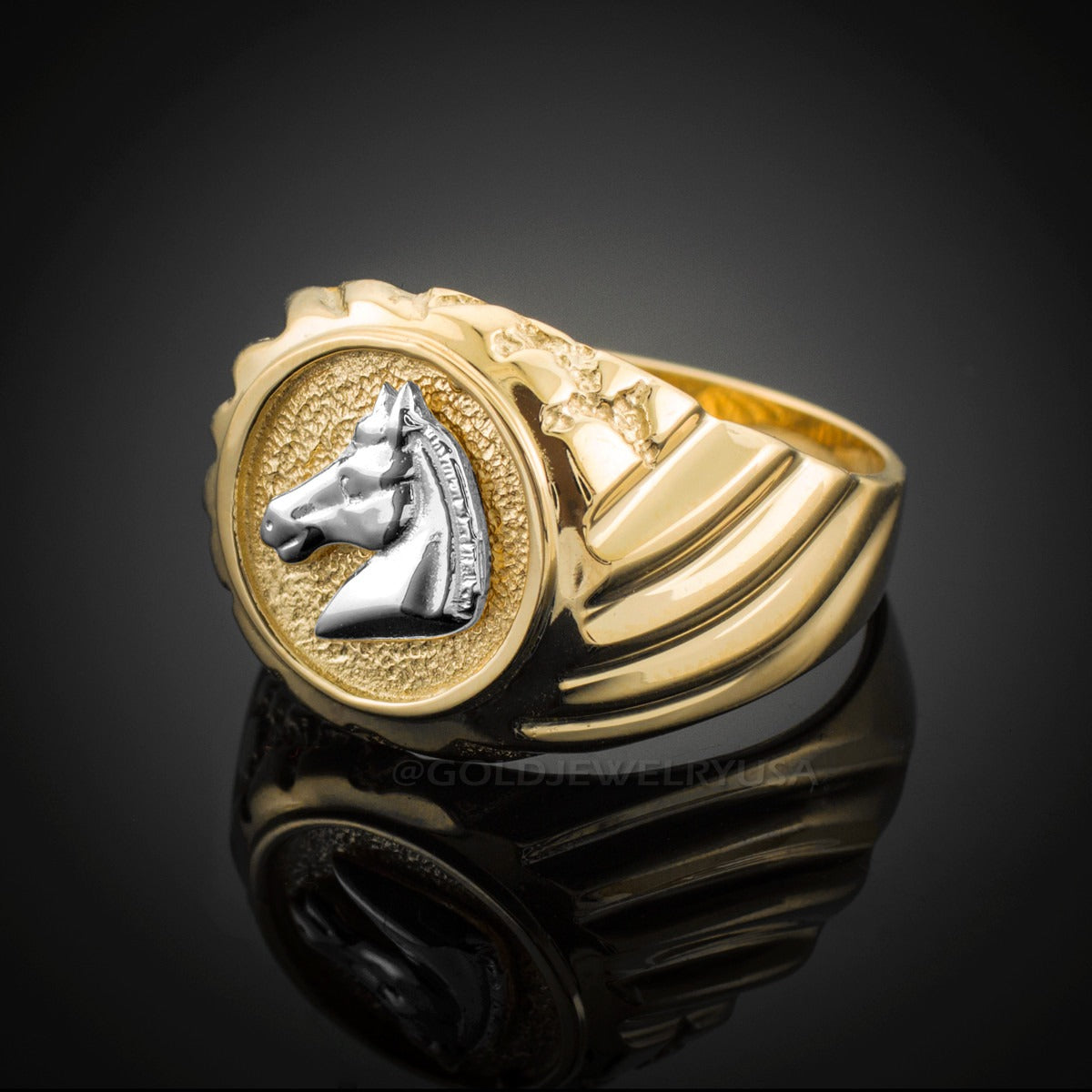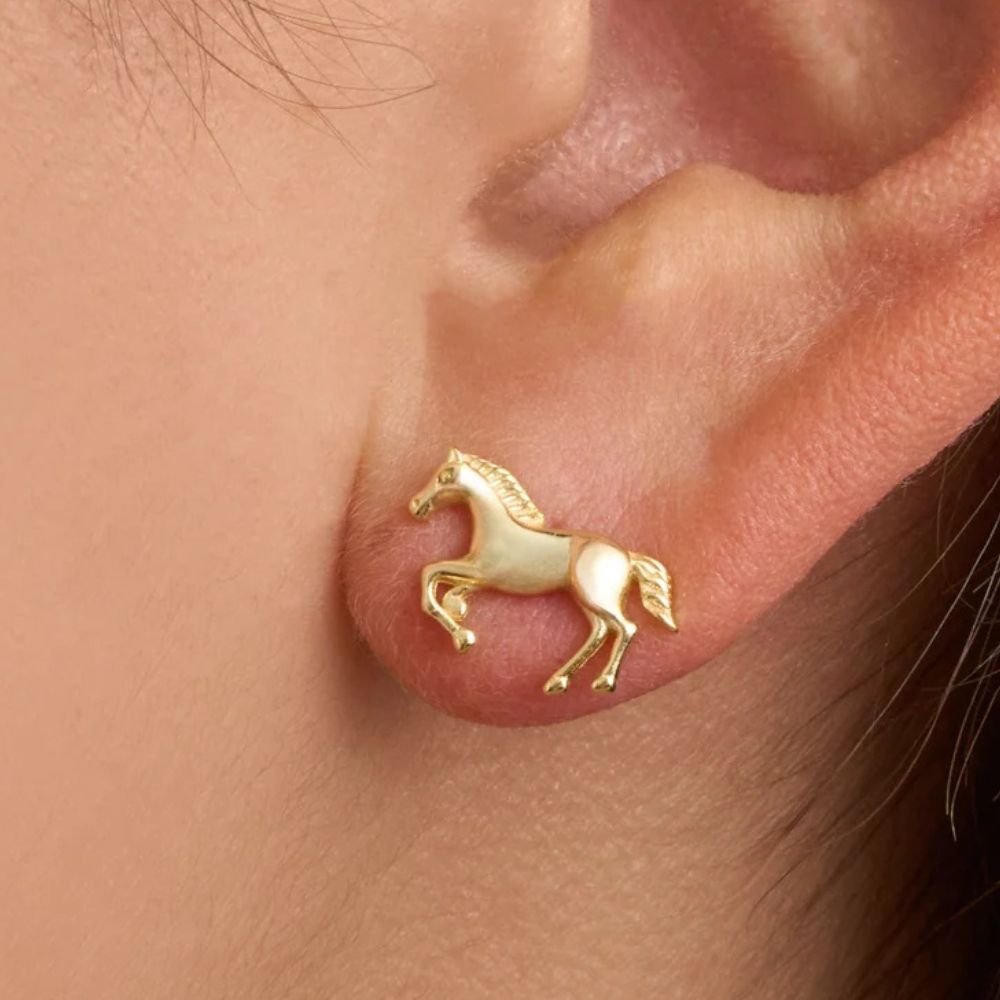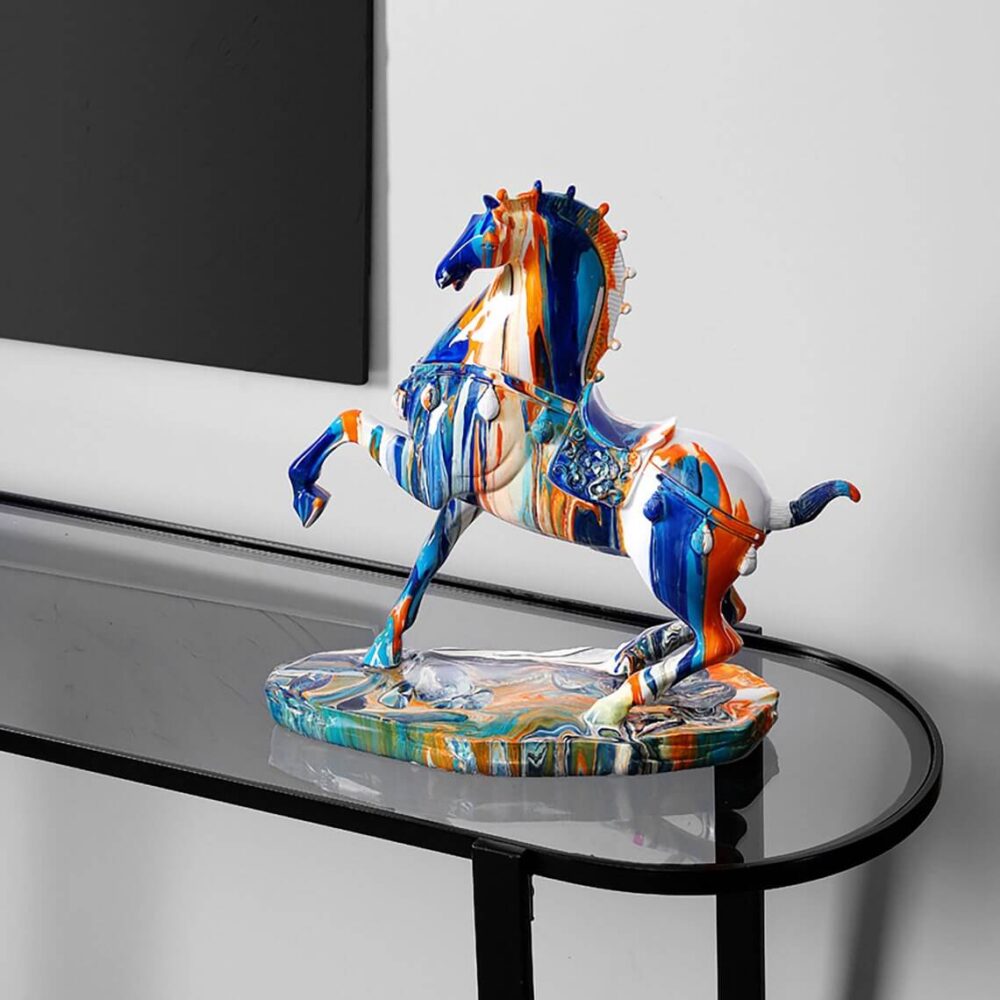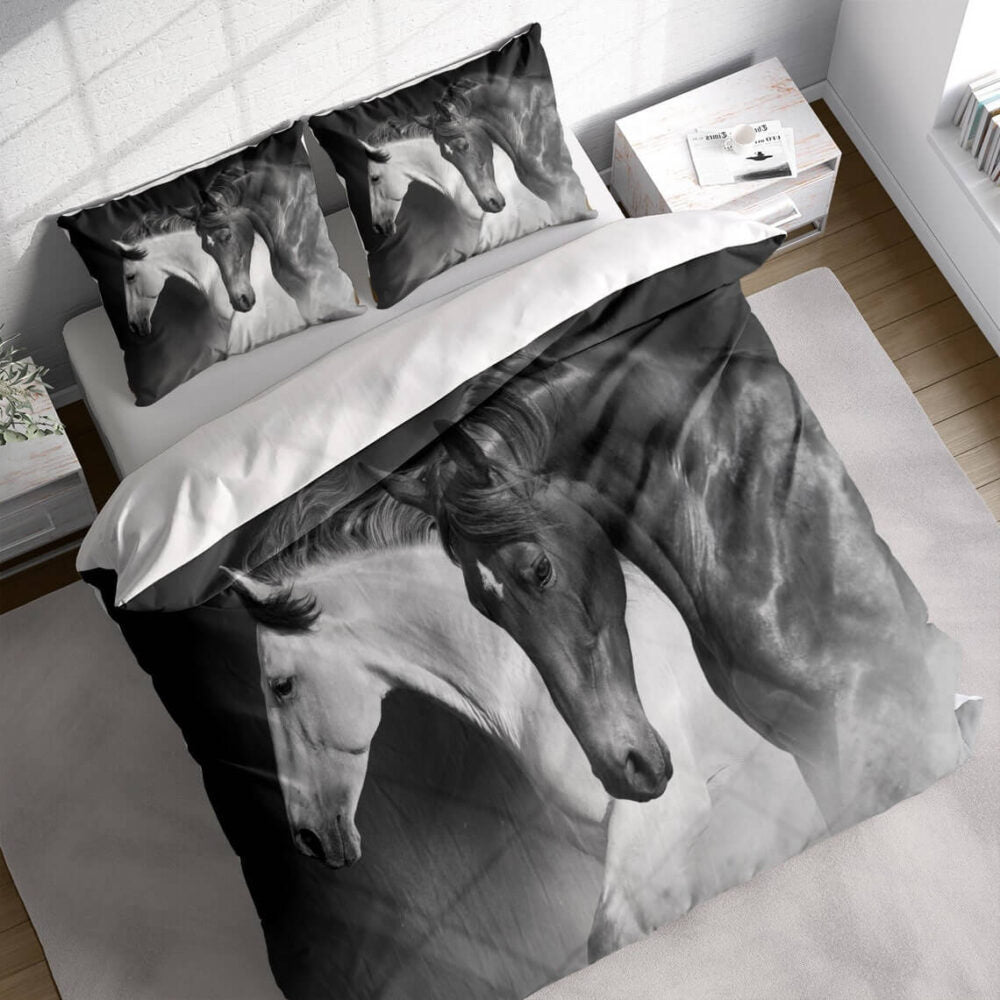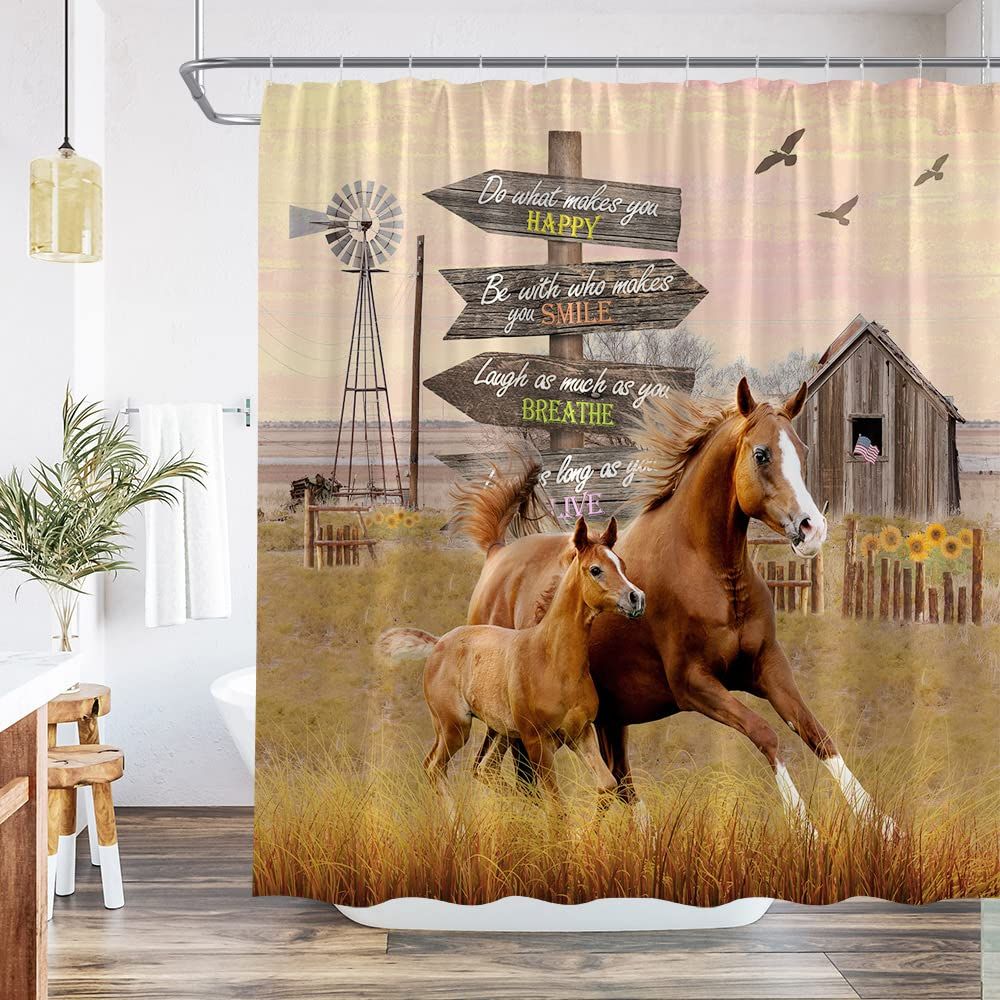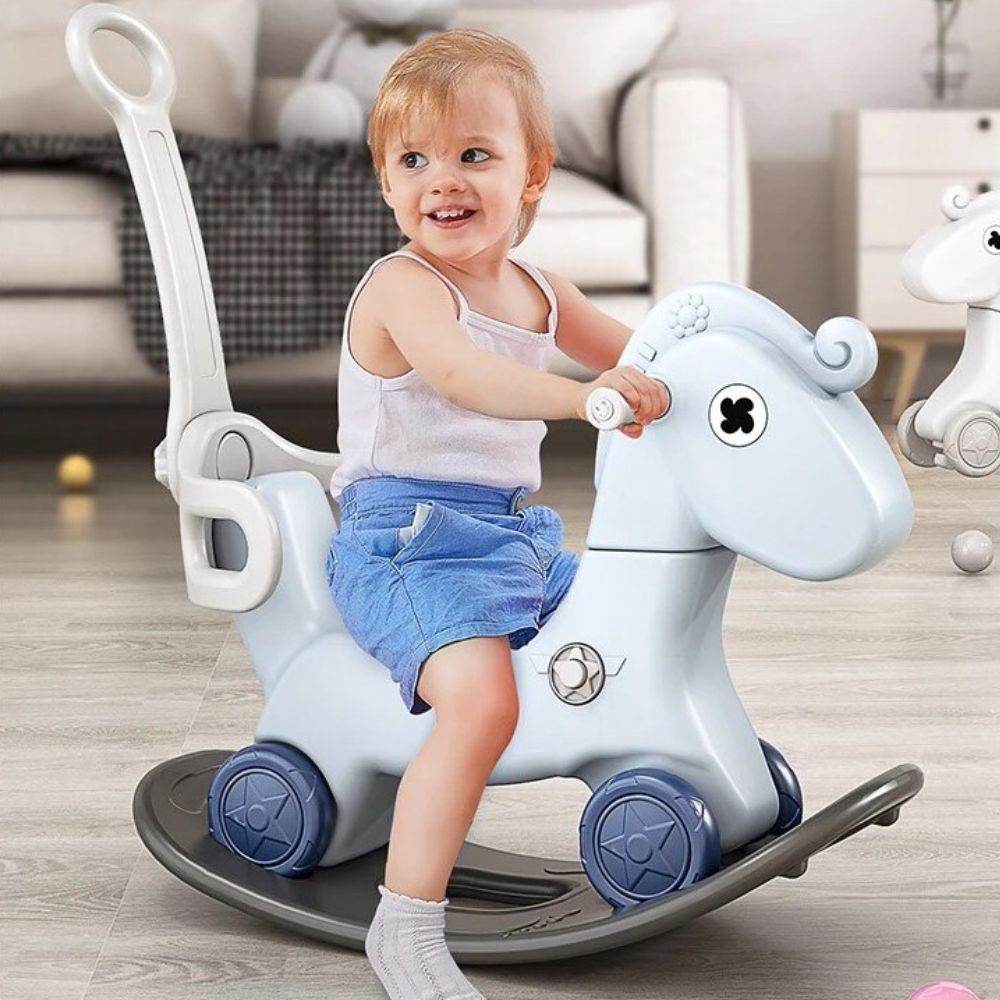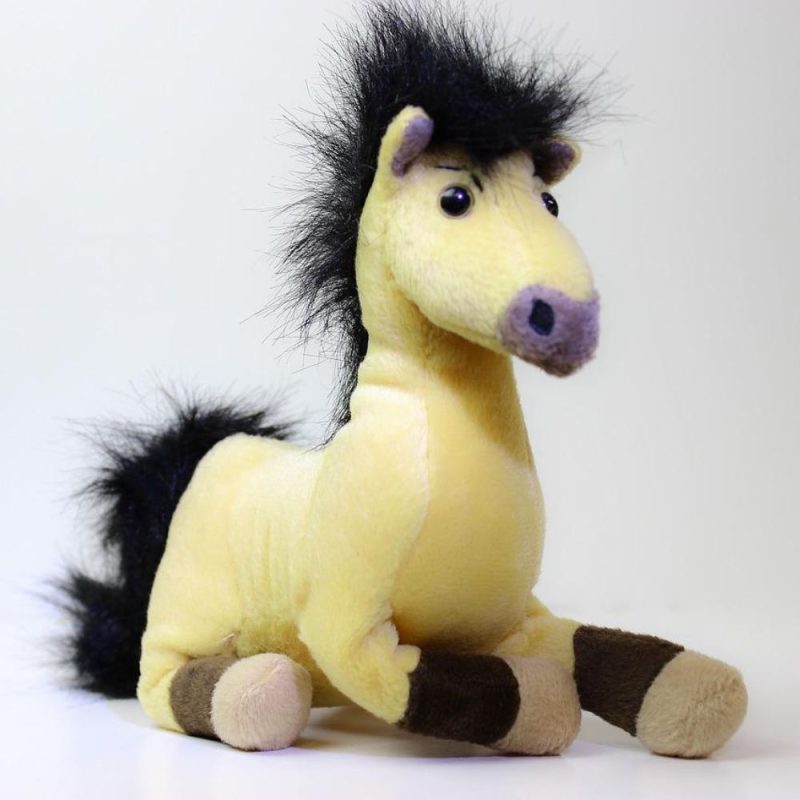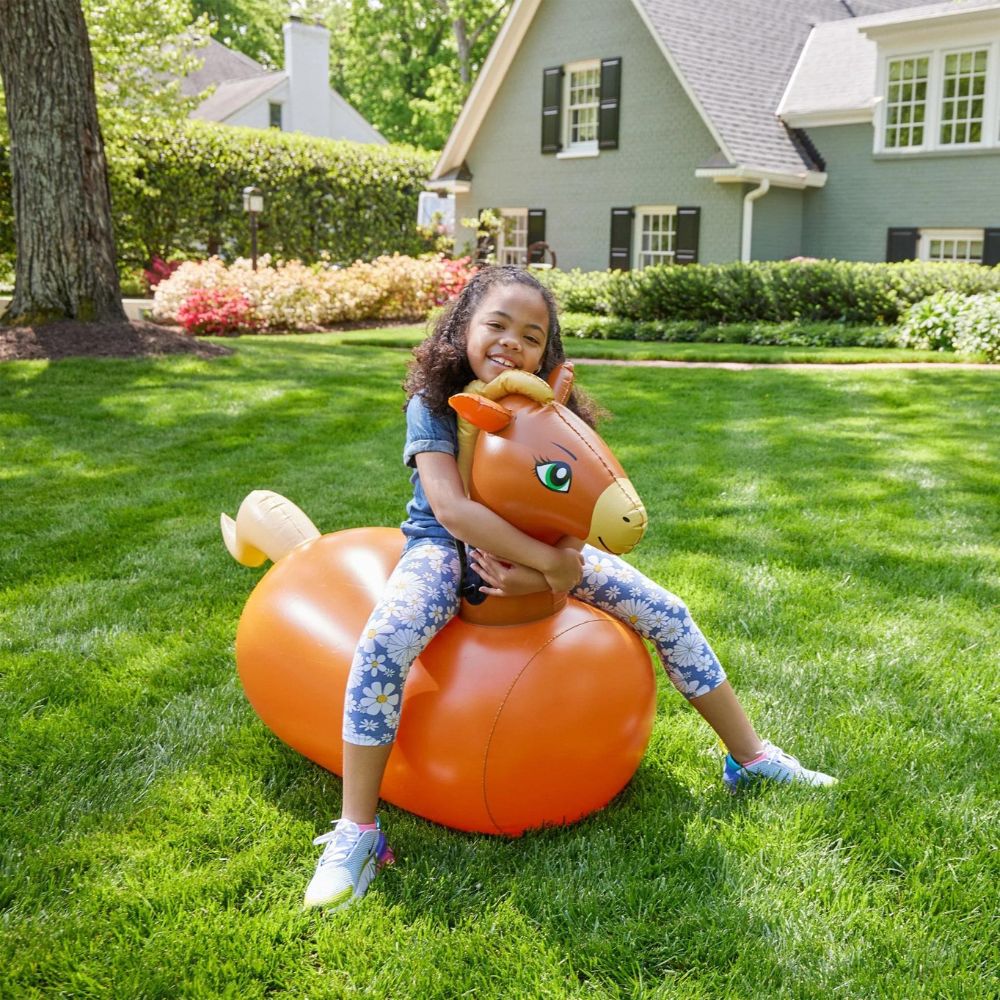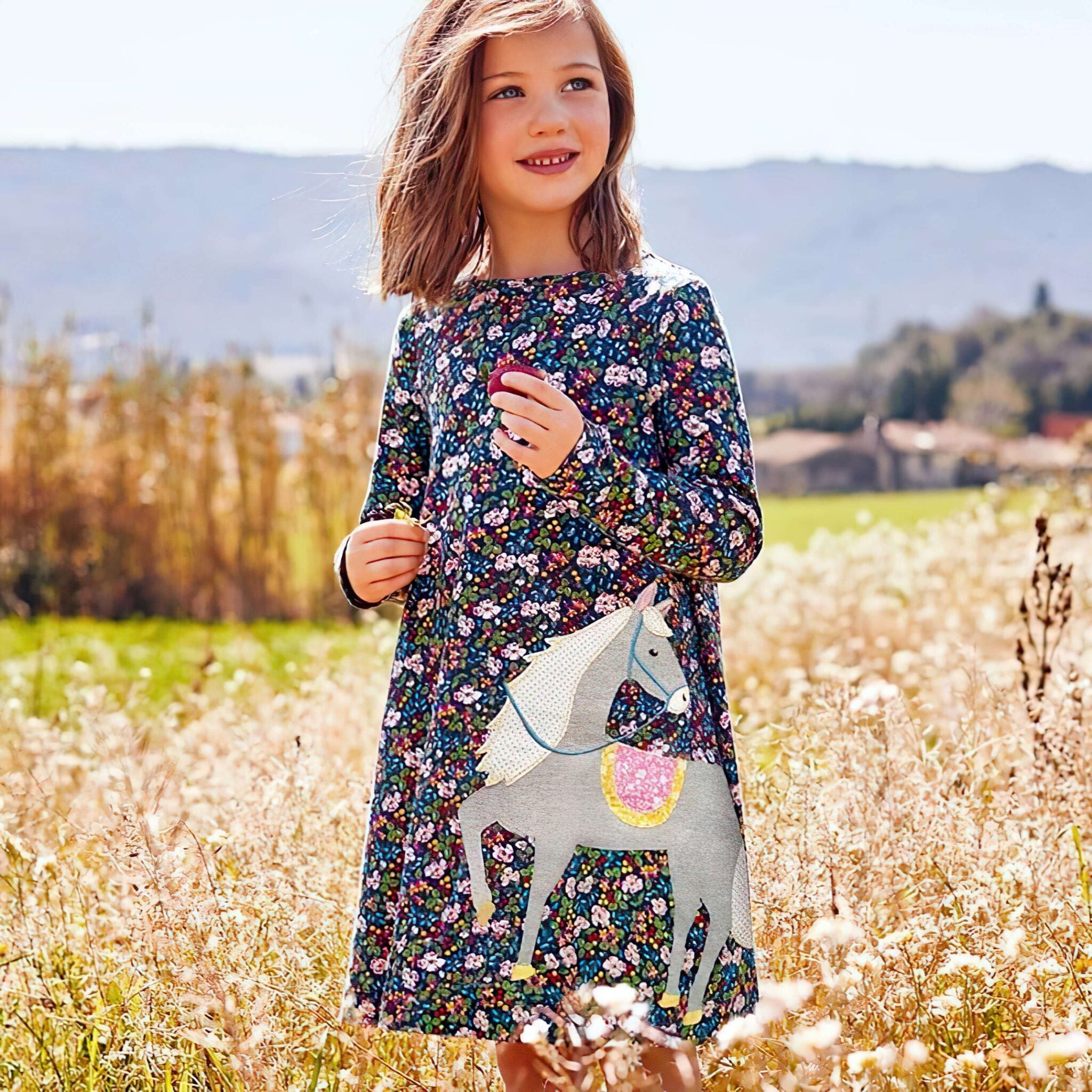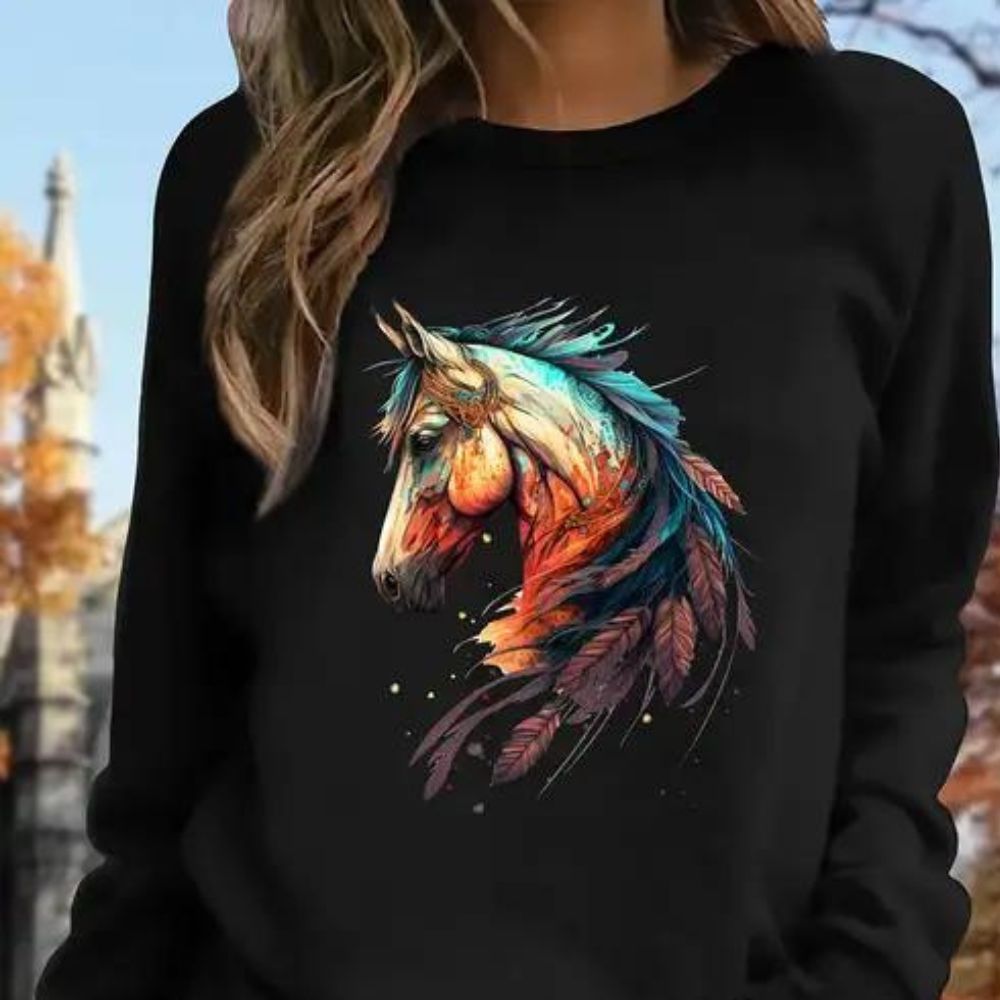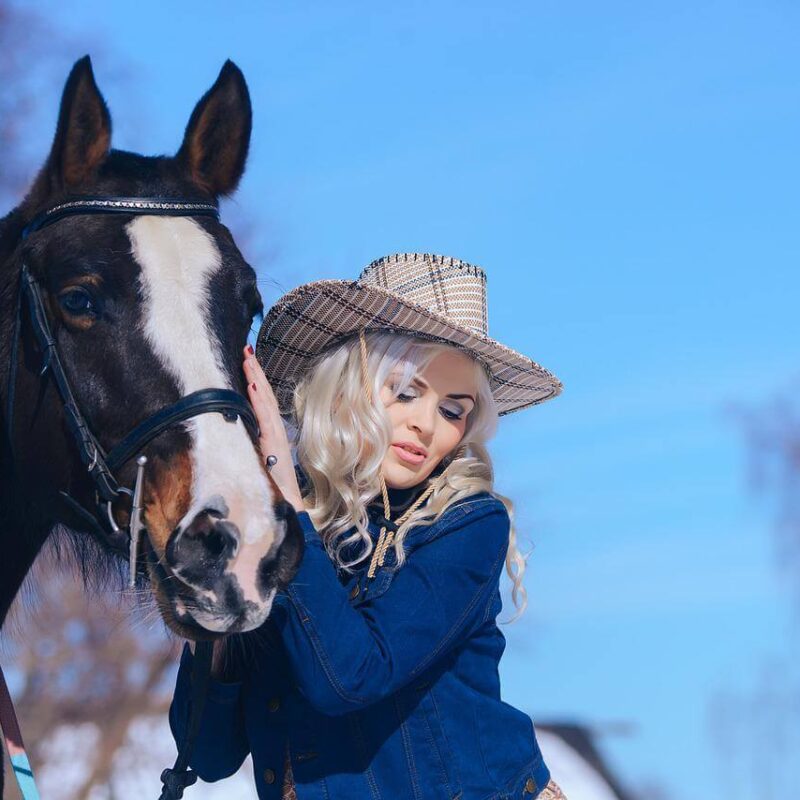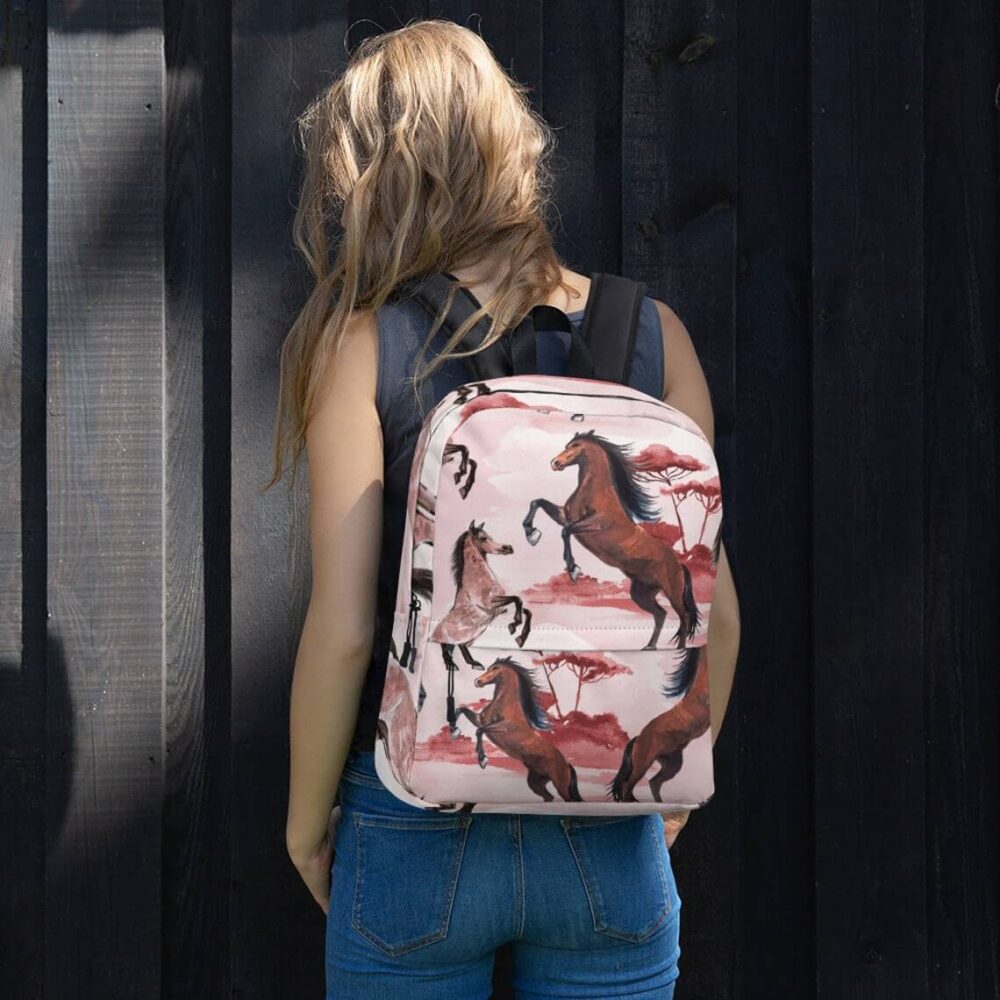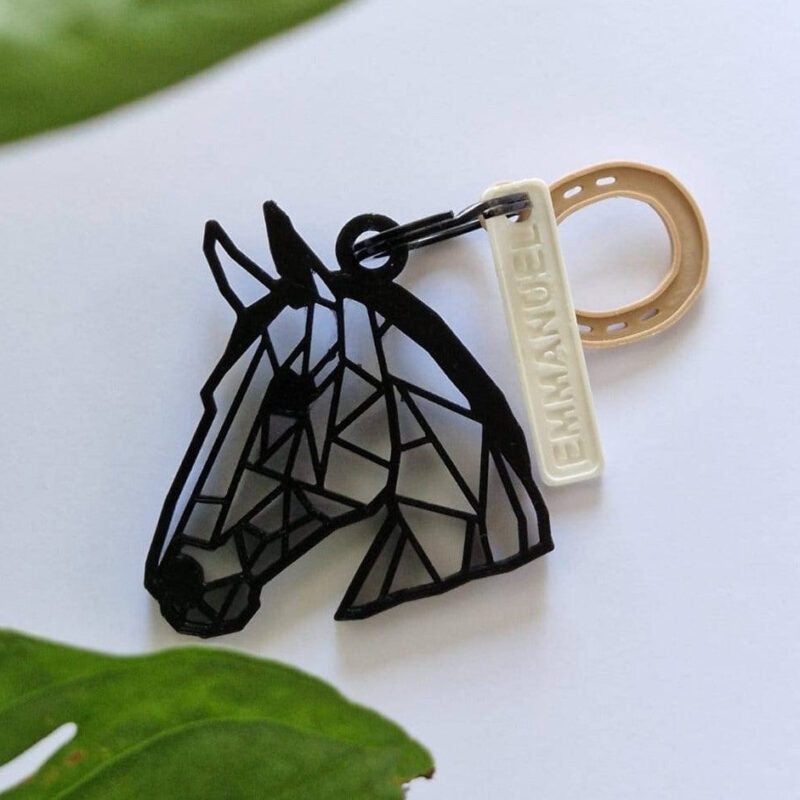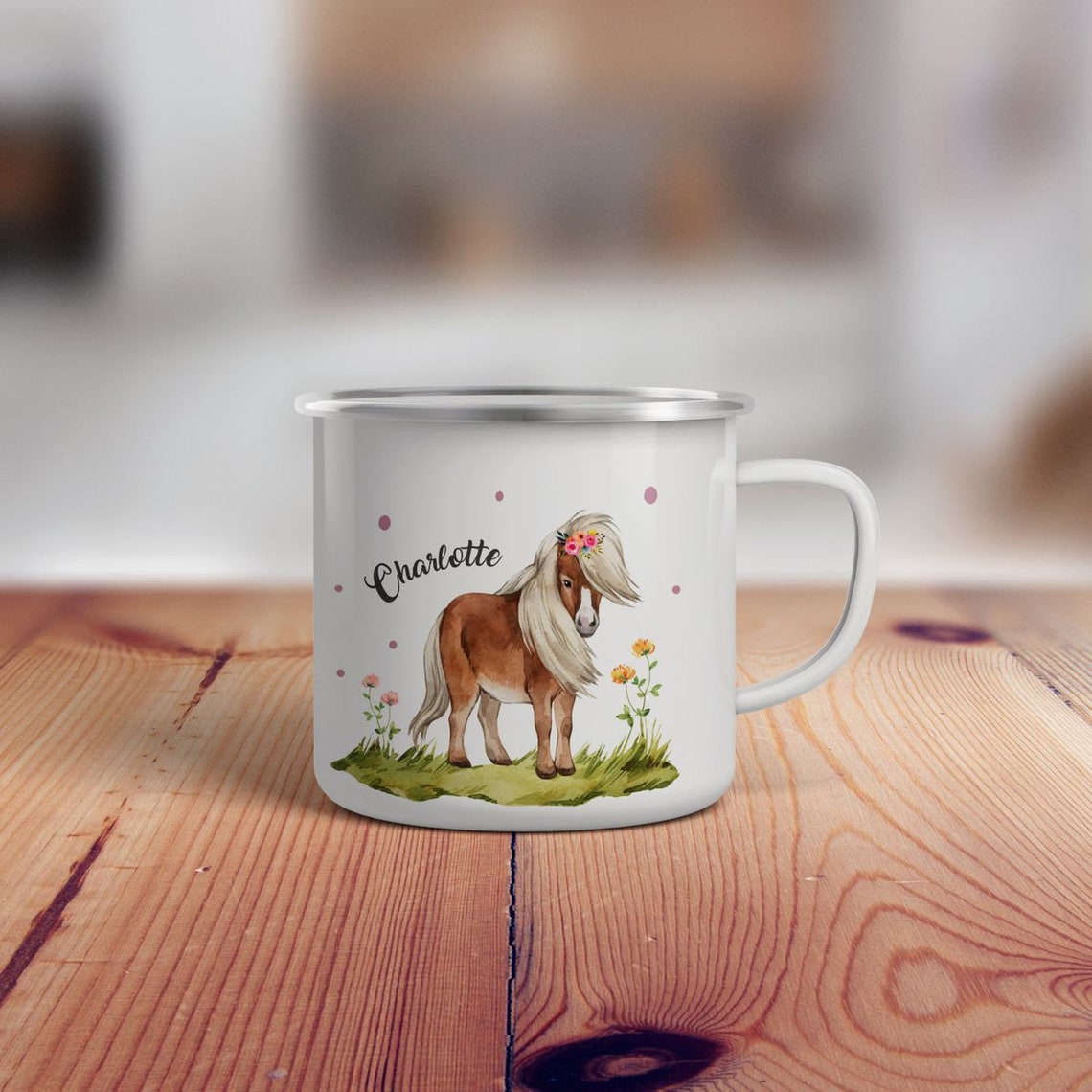
Why Do Horses Show Their Teeth? Understanding Equine Behavior Every Horse Lover Should Know
Why do horses show their teeth? Horses display their teeth for several fascinating reasons—from the famous Flehmen response where they analyze scents through their vomeronasal organ, to social signaling that communicates dominance or submission, and even as pain indicators when experiencing dental issues. This equine behavior isn't just one action with one meaning; it's a complex language that reveals what your horse is thinking, feeling, and experiencing. Whether you're watching a stallion behavior during mating rituals or noticing your mare's lip curl after encountering something interesting, understanding why horses show their teeth helps you become a better horse owner and deepens your connection with these magnificent animals. At Dream Horse, we celebrate this bond between horses and their humans through our curated collection of equestrian-inspired jewelry and décor that honor these special relationships. 🐴
The Flehmen Response: Nature's Built-In Scent Analyzer
When you see your horse curling its upper lip back and exposing its teeth with its head tilted upward, you're witnessing one of the most intriguing examples of why horses show their teeth—the Flehmen response. This isn't your horse making a funny face for entertainment; it's serious business in the world of olfactory communication.
The Flehmen response occurs when horses detect interesting chemical cues in their environment. They curl back their upper lip to expose the vomeronasal organ (also called Jacobson's organ), located in the roof of their mouth. This specialized sensory organ allows horses to perform detailed scent analysis of pheromones and other chemical signals that regular sniffing just can't capture.
Stallion behavior provides the most dramatic examples. When a stallion encounters a mare in estrus, he'll often perform the Flehmen response repeatedly, analyzing her reproductive status through hormonal response signals. According to equine behaviorist Dr. Sue McDonnell from the University of Pennsylvania's School of Veterinary Medicine, "The Flehmen response is a critical component of chemical communication in horses, particularly in reproductive contexts." Studies from 2019 show that stallions perform this behavior up to 6-8 times more frequently during breeding season than at other times of the year.
But it's not just about mating. Horses use this olfactory senses superpower to investigate all sorts of environmental stimuli:
-
New horses in the barn
-
Unfamiliar objects or equipment
-
Changes in their territory
-
Interesting smells in hay or feed
-
Even human scents and emotions
Understanding the Timing and Context
The Flehmen response typically lasts 5-10 seconds. Your horse freezes in position, often looking quite comical with that exaggerated lip curl. This grimacing in horses appearance is completely normal and actually shows your horse is engaging in sophisticated sensory perception and exploratory behavior.
Foals as young as a few days old can perform the Flehmen response, though it becomes more refined as they mature. This infant behavior helps young horses learn about their world through olfactory communication, building their understanding of herd dynamics and environmental safety.
Express your style as a knowledgeable horse enthusiast with our equestrian jewelry collection, featuring pieces that celebrate the unique bond between horses and humans. Each necklace and bracelet captures the spirit of equine behavior and the beauty of these remarkable animals. ✨
Social Signaling and Communication Through Teeth Displayinance Display and Threat Behavior
When horses want to establish their position in the pecking order, showing teeth becomes part of their dominance display repertoire. A dominant horse might show its teeth with ears pinned back as a warning to subordinates. This threat display says, "Back off, or there will be consequences."
The aggressive behavior sequence typically escalates like this:
-
Laying ears flat against the head
-
Showing teeth with a slight opening of the mouth
-
Snapping or biting motions in the air
-
Actual contact if warnings are ignored
According to research published in Applied Animal Behaviour Science in 2022, approximately 73% of aggressive encounters between horses are resolved at the warning stage, with only 27% escalating to physical contact. This demonstrates how effective teeth displays are as communication tools.
Submissive Behavior: Snapping and Mouthing
Interestingly, why horses show their teeth also includes submissive reasons. Young horses and foals display what's called "snapping" or mouthing behavior—rapid jaw movements that resemble chewing motions, often directed at more dominant horses. This submissive behavior communicates, "I'm no threat to you; I'm just a youngster."
Gaping in foals serves as an appeasement gesture. Studies show foals perform this behavior most frequently between 2-6 months of age, with frequency decreasing as they establish their place in the herd. This infant behavior is hardwired into their survival instincts, preventing adult horses from viewing them as competitors.
Reading the Complete Picture
Understanding equine behavior requires looking beyond just the teeth. The complete body language package includes:
-
Ear position and movement
-
Tail carriage and swishing
-
Piloerection (raised hair along the spine)
-
Overall body tension or relaxation
-
Eye expression—soft or hard
Temple Grandin, renowned animal behavior expert, notes: "Horses communicate through a sophisticated combination of visual signals. Learning to read these signs improves both safety and the human-horse relationship."
Celebrate your understanding of horse communication with our equestrian décor collection, featuring stunning sculptures and artwork that capture these meaningful moments between horses. Assert your individuality as someone who truly understands these magnificent creatures. 🏇
Pain Indicators and Dental Issues: When Teeth Display Signals Distress
Not all reasons why horses show their teeth are behavioral—sometimes they indicate health problems. Recognizing pain indicators through facial expressions can help you catch dental issues early, potentially saving your horse from serious discomfort.
Dental Pain and Discomfort Signals
Horses with tooth problems often show their teeth differently than during normal behaviors. Watch for these signs:
Abnormal grimacing: Unlike the purposeful Flehmen response, pain-related facial expressions appear tense and involuntary. The horse might show teeth while eating, pulling away from feed, or randomly throughout the day.
Quidding behavior: Horses with dental issues might drop partially chewed food, accompanied by uncomfortable facial expressions. Research from the American Association of Equine Practitioners (AAEP) indicates that 70% of horses over age 15 have some form of dental disease requiring treatment.
Head tossing with teeth showing: If your horse shows teeth while shaking its head, especially when bridled, it could indicate sharp points on teeth causing mouth pain. A 2021 study found that 44% of head tossing cases were directly related to undiagnosed dental problems.
The Importance of Regular Dental Care
Horses' teeth continuously erupt throughout their lives—approximately 2-3mm per year. Without proper health assessment and floating (filing down sharp edges), they develop painful hooks and points. The AAEP recommends:
-
Annual dental exams for horses ages 2-20
-
Bi-annual exams for horses over 20 years old
-
Immediate examination if abnormal teeth-related behaviors appear
Dr. Jack Easley, a board-certified equine dentist, states: "Many behavioral issues attributed to training problems are actually rooted in dental pain. Regular dental care is essential for equine welfare."
Other Health-Related Teeth Displays
Colic and abdominal pain: Horses experiencing digestive distress sometimes curl their lips or grind their teeth as stress signals. If accompanied by pawing, looking at flanks, or reduced manure production, contact your veterinarian immediately.
Neurological issues: Abnormal facial expressions, including inappropriate teeth displays, might indicate neurological problems. These require immediate veterinary evaluation.
Understanding these pain indicators is crucial for equine welfare. At Dream Horse, we're committed to supporting informed horse ownership through our community of passionate equestrians. Our practical accessories collection includes items that help you care for your horse while expressing your dedication to their wellbeing. 💚
Stereotypic Behavior and Stress-Related Teeth Displays
Why do horses show their teeth repeatedly in apparently purposeless ways? Sometimes it's due to stereotypic behavior—repetitive actions that develop from stress, boredom, or inadequate living conditions. Understanding these patterns is essential for equine welfare.
Cribbing Behavior and Wind-Sucking
Cribbing behavior represents one of the most common stereotypic behaviors in horses. The horse grasps a fixed object with its teeth, arches its neck, and pulls back while making a grunting sound. While the teeth are clearly visible during this behavior, it's distinctly different from communication or the Flehmen response.
Statistics reveal the prevalence of this issue:
-
4-15% of domesticated horses develop cribbing
-
Thoroughbreds show the highest predisposition (13.3%)
-
Stabled horses crib more than pastured horses (ratio 3:1)
-
Once established, cribbing persists even when living conditions improve
Research published in Equine Veterinary Journal (2020) demonstrates that cribbing releases endorphins, suggesting horses use it as a coping mechanism for stress signals and anxiety. Dr. Daniel Mills from the University of Lincoln explains: "Stereotypic behaviors shouldn't be viewed simply as bad habits, but as indicators that a horse's environmental or psychological needs aren't being met."
H3: Yawning as Tension Release
Yawning in horses involves showing teeth during a wide mouth opening, but it's not always about tiredness. Horses yawn as a tension release mechanism after stressful events. You might notice increased yawning:
After veterinary procedures or farrier visits Following trailer travel When transitioning from stall to turnout During training sessions with new or challenging exercises
A relaxed facial expression during yawning differs from anxiety-based teeth displays. The entire body appears loose, ears are in a neutral position, and the yawn typically comes as tension decreases rather than increases.
H3: Environmental Factors and Prevention
Preventing stereotypic behavior requires addressing root causes. Research from 2023 shows these factors significantly reduce stress-related behaviors:
Increased turnout time: Horses with 12+ hours daily pasture access show 67% less stereotypic behavior compared to those stalled 20+ hours daily.
Social contact: Horses are herd animals. Isolation increases stress signals and abnormal behaviors. Even visual contact with other horses reduces stereotypic behavior by 40%.
Environmental enrichment: Providing varied environmental stimuli—toys, different foraging opportunities, varied terrain—keeps horses mentally engaged. Studies show enriched environments reduce cribbing onset by 55% in young horses.
Adequate forage: Horses evolved to graze 16-18 hours daily. Restricted feeding schedules create digestive discomfort and boredom. Free-choice hay reduces cribbing and other stress behaviors.
The welfare implications are significant. Horses displaying stereotypic behavior often have compromised equine welfare, affecting their physical health, performance, and quality of life. Recognizing why horses show their teeth in these contexts allows you to make meaningful changes that improve their lives.
Show your commitment to understanding horses at their deepest level with our equestrian-inspired pieces. Each item in our collection celebrates the incredible complexity of equine behavior and honors the special relationship you share with horses. 🌟
H2: Frequently Asked Questions on Why Horses Show Their Teeth
What is the Flehmen response in horses and why does it happen?
The Flehmen response is when horses curl their upper lip back, showing their teeth and exposing their vomeronasal organ. This lip curl allows them to analyze chemical cues and pheromones in their environment more effectively than regular smelling. Stallion behavior during breeding season shows this most dramatically, as stallions use it to detect mares in estrus, but all horses use it to investigate interesting scents—from new horses to unfamiliar objects.
Is it normal for my horse to show teeth when meeting new horses?
Yes, showing teeth during introductions is normal social signaling. It can indicate either a dominance display ("I'm in charge here") or defensive mechanism ("stay away from me"). Watch the overall body language: ears pinned back plus teeth usually means aggressive behavior, while loose body with brief teeth showing might just be establishing boundaries. Most horse introductions involve some teeth displays without escalating to actual conflict.
How can I tell if my horse is showing teeth due to pain?
Pain indicators differ from behavioral teeth displays. Look for: involuntary grimacing in horses that appears tense rather than purposeful, teeth showing while eating or at random times, head tossing combined with teeth displays, or resistance to bit or bridle. If your horse shows teeth accompanied by other discomfort signs—reduced appetite, weight loss, or behavioral changes—schedule a veterinary health assessment immediately. Dental issues affect 70% of horses over 15.
Why does my foal constantly show its teeth to adult horses?
Gaping in foals and mouthing behavior are normal infant behavior patterns. Young horses use these submissive behavior displays to communicate "I'm not a threat" to adult horses. Foals between 2-6 months old perform this most frequently. It's hardwired survival instinct—preventing dominant horses from viewing them as competitors. This behavior naturally decreases as foals mature and establish their place in herd hierarchy.
What's the difference between aggressive teeth showing and communication?
Context is everything in understanding equine behavior. Aggressive behavior escalates predictably: flattened ears → teeth showing → air snapping → contact. The threat display appears tense, with rigid body language and piloerection along the spine. Communication teeth displays are briefer, often accompanied by neutral ear positions and relaxed facial expression. The fear response or defensive mechanism shows teeth with wide eyes and backward movement, different from forward-aggressive posturing.
Can stereotypic behaviors involving teeth be stopped?
Stereotypic behavior like cribbing behavior is challenging to eliminate once established, but you can reduce frequency by improving living conditions. Increase turnout time, provide social contact, offer environmental enrichment, and ensure adequate forage. Research shows 67% reduction in stereotypic behaviors with 12+ hours daily pasture access. These behaviors serve as stress signals—they're coping mechanisms, not habits. Focus on addressing underlying equine welfare issues rather than just stopping the behavior. Cribbing collars prevent the action but don't resolve the root cause.
Should I be concerned about yawning in my horse?
Yawning in horses is usually healthy tension release, not concern. Horses yawn after stressful events—veterinary visits, training sessions, trailer rides—as their nervous system returns to baseline. It's actually a positive sign showing your horse can self-regulate stress. Excessive yawning combined with other stress signals might indicate ongoing anxiety requiring environmental changes. A relaxed facial expression during yawning, with loose body posture, indicates normal healthy behavior rather than distress.
Conclusion: Celebrate Your Understanding of Equine Behavior
Understanding why horses show their teeth transforms you from a casual admirer to a true horse enthusiast who reads the nuanced language of equine behavior. From the fascinating Flehmen response and its role in olfactory communication, to social signaling that maintains herd harmony, to recognizing pain indicators and stress signals—each teeth display tells a story about what your horse experiences and needs.
Whether you're witnessing stallion courting rituals, decoding dominance display among your herd, or identifying dental issues before they become serious, this knowledge deepens your connection with horses. It's about more than just understanding behavior—it's about equine welfare, ensuring your horses live their best lives with optimal physical and emotional health.
At Dream Horse, we celebrate this profound bond between horses and their humans. Express your style and assert your individuality through our carefully curated collections that honor everything you love about horses. From equestrian jewelry that you can wear daily as a reminder of your passion, to stunning décor that brings the spirit of horses into your home, to practical accessories that support your equestrian lifestyle—every piece reflects the depth of understanding and commitment that true horse lovers share.
Visit our gift collection for horse lovers today and discover pieces that speak to your soul as an equestrian. Because being a horse enthusiast isn't just about riding—it's about understanding, respecting, and celebrating these magnificent animals in every aspect of your life. 🐴💕
Dream Horse: Where passion meets purpose in the equestrian world.
